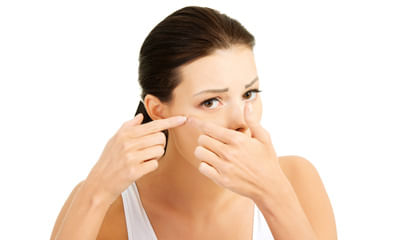Get the App
For Doctors
Login/Sign-up
About
Health Feed
Eudase D Tablet Health Feed
Asked for male, 43 years old from Abohar
Share
Bookmark
Report
Asked for female, 35 years old from Hyderabad
Share
Bookmark
Report
Asked for Female, 24 years old from Pune
Share
Bookmark
Report
Your acne needs clinical treatment, so seek treatment under a good dermatologist. But if needed you can take Bilastine & Montelukast Tablet with it, 1 tab at night after meal
If you want you can take our treatment online, cure is possible with proper treatment. Thanks !
If you want you can take our treatment online, cure is possible with proper treatment. Thanks !
2472 people found this helpful
Asked for female, 1 years old from Chennai
Share
Bookmark
Report
Ask a free question
Get FREE multiple opinions from Doctors
posted anonymously








